
New products, rewards and payment methods could attract budget-conscious consumers
Experts cite brands’ ingenious strategies to draw customers like tapping into their interest in games and virtual reality.
Cautious spending among consumers in these uncertain times may seem to spell a decline in sales for businesses, but one of the world’s leading strategic market research firms believes brands could turn this into an opportunity.
Euromonitor International advises brands to modify their business offerings and provide new services such as loyalty programmes and alternative payment methods that will encourage customers to make their purchases.
Herbert Yum, research manager at Euromonitor, said they observed that saving money has become a priority for consumers, with nearly half of Asia Pacific consumers planning to ramp up their efforts to save.
The message this gives to retailers is that in order to purchase goods, these customers will be seeking bargains and the best value for money, Yum said. To cater to them, businesses should review their pricing and look internally to see where they can reduce costs. This could involve restructuring the supply chain or altering their business models.
“We encourage businesses to make sure they communicate the brand value proposition with their key customer groups over this challenging period of time so that the businesses can support and overcome this challenging period together with their target customers,” Yum said.
He cited Singapore’s subscription-based platform Levande, which offers pay-as-you-go to consumers for buying home appliances by Electrolux which reduces the lump sum payment at purchase. They also offer washer-dryers on a subscription basis starting at S$19.99 (US$15) a month which will be helpful for people who have just relocated to Singapore due to the pandemic.
Another business practice to attract the budget-conscious is the move of a premium coffee brand known for selling fresh coffee beans, Victoria, which entered the instant coffee market in 2021 to offer a more affordable product whilst retaining the quality.
Thai energy drink brand Superfight resorted to reducing its package size from 150 millilitres to 100ml whilst selling at the same retail price. Whilst this is actually a price increase for the product, Yum said reducing a product’s volume is a common way for businesses to transfer the increasing production costs to consumers without a price hike.
Tim Charlton, publisher of Retail Asia and editor-in-chief of Charlton Media Group, said that customers in the region also buy secondhand products, citing a study by Carousell which found that 92% of people surveyed in the Philippines have bought pre-owned items and around 85% in Taiwan and Hong Kong have also done the same.
Charlton added that mega sales are also an opportunity for brands to get new customers, citing data from a Meta report which showed that 94% of year-end shoppers in Asia Pacific are likely to buy from new brands during mega sales days.
“Saving and budgeting for the unknown are definitely happening. Accessible, affordable luxuries, even if purchased less frequently, will continue to resonate with consumers looking to live out despite the challenging period of time,” he said.
Living in the moment
Whilst some consumers are budgeting out of necessity, some are saving their money to live well, asserted Sahiba Puri, senior consultant for home products at Euromonitor International. Puri said these are the people who indulge themselves in what they want, given that they buy these items at a price they can afford.
“Consumers are not really abandoning financial responsibility, but they are looking for reasonable indulgences, they are being financially prudent, but at the same time giving themselves permission to live a little,” Puri said.
“Instant gratification is what motivates the ‘here-and-now consumers’ whilst the price is a consideration and a very important one that it is not the only factor for these purchase decisions. Emotional equity also carries weight,” she added.
Loyalty programmes with features like cashback credits and reward points that can be used in the future to offset purchases could also be a key element in encouraging these customers to buy.
Furniture retailer IKEA has its family rewards programme, which includes exclusive member discounts on a selected range of products refreshed every month. They can also earn reward points through purchases in-store, online and even at IKEA restaurants.
Consumers also look out for affordable luxuries, an example of which would be the French luxury fragrance brand, Diptyque. It launched a household cleaning collection called “La Droguerie” to make household chores “a little bit more indulgent.”
Aside from rethinking packaging sizes and formats to ensure price competitiveness, Aik Lim, senior director at Meiyume, said brands may need to improve their products to justify a price adjustment to consumers.
For example, brands could sell hand hygiene products that incorporate skincare creams. Instead of just being hand sanitisers, a multifunctional product for both hygiene and moisturising can reasonably be priced higher.
Alternative payment methods
Attracting these customers who prioritise the “here and now” also entail the implementation of flexible payment options like buy now, pay late (BNPL), which is an arrangement that allows them to split the cost over a period of time. This helps “reduce cost pressures” and expands their purchasing power, Puri said.
She said that as some customers have limited capacity to make unplanned purchases, BNPL and installment plans will help make their transactions “less unplanned and a bit more deliberate.” In this case, subscriptions and rentals are also strategies that can be employed.
Puri cited a Grab payment feature called PayLater, which splits a customer’s fare charges over four interest-free monthly payments or allows them to settle everything the next month. And by using this payment model, Grab users would earn reward points.
Charlton also cited how CIMB Bank of the Philippines had partnered with Shopee to support BNPL in the e-commerce platform.
“Businesses that can help consumers strike a balance in living in the moment whilst also being prepared for tomorrow, can look to keep customers onboard,” Puri said. But not to miss an important reminder, she said “care and caution” should be observed in any kind of credit.
Leverage on the gaming market
With 37% of global consumers immersed in video games and their virtual environment, Tim Foulds, head of insights at Euromonitor International, said tying up with the gaming sector is an opportunity brands can embark on.
Foulds said gamification is a key strategy in many Asian markets as 60% of consumers in Indonesia and Thailand are interested in online video games and the immersive environment they offer. These statistics are higher than in Australia and the US.
“The gaming population is really taking off. This once niche segment is now a mass market opportunity, which offers a great opportunity for all companies to tap into. Companies themselves getting their game on, sponsorships, advertisements, in-game purchases and product innovation are the primary revenue drivers so far,” he said.
In Australia, McDonald’s integrated gaming into their strategies by partnering with the game Overwatch 2 to offer prizes when purchasing Big Macs through the MyMacca’s app. A purchase entitles the customer to a collectible skin from the game.
Foulds also took note of the gamification employed by Shiseido in Hong Kong to launch its Ultimune brand. It launched a three-day virtual event in partnership with boyband, Mirror, so that users can compete in games such as dancing with a boyband member virtually and testing their heart rate after. Users will receive information about a new serum after a game and then they will eventually be offered a free sample or gift pack.
Through this, Shiseido was able to garner 145,000 views and over HK$43m (US$5.5m) in earned-media value.
“Brands need to consider holistic gaming culture and how to tailor those offerings to these consumers, whether that’s through marketing, gamification of the customer journey, or product generation, targeted at that specific and growing cohort of consumers,” Foulds said.



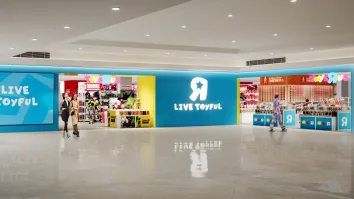
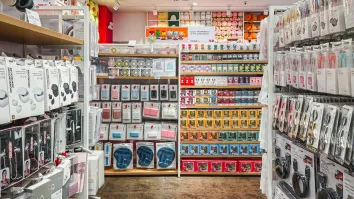





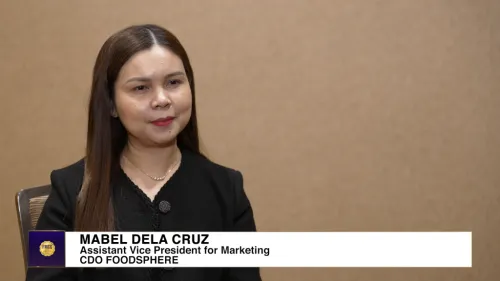

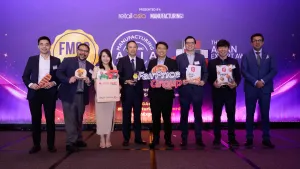



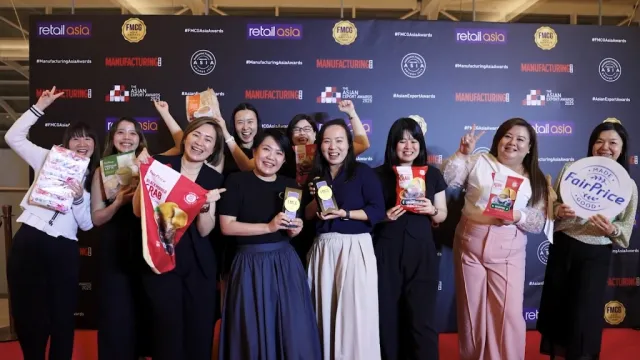


 Advertise
Advertise








